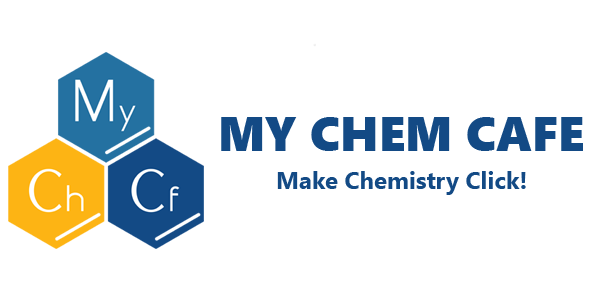14. What are REDOX Reactions?
Definitions of Redox reactions
Redox reactions are chemical reactions, consisting of oxidation and reduction reactions, and involves the transfer of electrons between two species. Redox reactions are common and occur in our everyday life. Some processes involving redox reactions include respiration and photosynthesis. A Chemistry tutor would take out some time during Chemistry tuition lessons to explain to students how Chemistry takes place in the most basic processes of our lives. A good Chemistry tutor ensures that his students not only improve their grades through Chemistry tuition but also develop a better understanding and appreciation of the subject.
Many Chemistry tutors have used mnemonics during Chemistry tuition lessons to help students better remember the content. The mnemonic used for redox is OILRIG, which stands for Oxidation Is the Loss of electrons, Reduction Is the Gain of electrons.
Oxidation
Consider the overall reaction: 2Mg(s) + O2 (g) →2MgO(s)
Oxidation is defined as the process in which a substance loses one or more electrons. Let us use the chemical equation below as an example.
2Mg(s) → 2Mg2+ (s) + 4e-
In the above reaction, magnesium is oxidized as it loses two electrons from its outer shell to oxygen, resulting in the formation of magnesium oxide.
Reduction
The reduction is defined as the process in which a substance gains one or more electrons. Looking at the same chemical reaction, we can observe that oxygen is reduced.
O2(g) + 4e- → 2O2-(s)
The oxygen molecule is reduced as it gains the two electrons from magnesium to form the oxide ion, O2-, in magnesium oxide.
Oxidizing and Reducing Agents
There tend to be some misconceptions formed by students that substances that are oxidized are oxidizing agents and the same with reducing agents and substances being reduced. A substance that readily oxidizes other substances is known as an oxidizing agent. These substances readily accept electrons. On the other hand, reducing agents are substances that readily reduce other substances, and so readily donates electrons.
Activity Series
Group I metal all react with cold water to give similar products. Down group, I, the reactivity increases, and the reactions become more rigorous as the metals come into contact with cold water. In such reactions, the metals are losing electrons and thus are acting as reducing agents. The activity series of reducing agents can be deduced by considering the reactivity of metals with water and acids, and the reactions of metals with the ions of other metals.
The general rule is that the more readily the metal ion loses its outer electrons, the more reactive it is. Also, metals higher in the reactivity series can displace metal ions lower in the series from solution.
Redox Applications
An application of the redox that is commonly covered in schools, is the Winkler Method. The Winkler method is a method used to measure the amount of dissolved oxygen in the water. It involves a series of redox reactions. Manganese(II) is added into the sample first, followed by sodium hydroxide, which provides an alkaline medium. The dissolved oxygen in water would then oxidize the Mn(II) ions to Mn(IV) ions in manganese(IV) oxide.
Mn2++2OH- +0.5O2 → MnO2+H2O
Potassium iodide is then added, together with sulfuric acid. The iodine molecules in potassium iodide react with the manganese(IV) oxide to form iodine molecules.
Finally, the iodine molecules are titrated with sodium thiosulfate to be reduced. Near the end-point of the reaction, when the solution is light yellow, starch is added, which reacts with iodine to form a blue-black colour. This was done to determine the end-point of the reaction as the solution would turn colourless in when all the iodine had been converted to iodide ions as more sodium thiosulfate was added.
2S2O32-+ I2 → S4O62-
Using the volume of sodium thiosulfate required to reduce the iodine molecules to iodide ions, the amount of dissolved oxygen content in each sample of water can be determined. The overall stoichiometric ratio for this method is:
4S2O32-≡ O2
Such applications of topics learnt in schools are of major interest to students as they can relate it to real-life scenarios. These are often further emphasized by Chemistry tutors in Chemistry tuition lessons to enrich their students’ learning.
Click HERE to read next
Chemistry Tuition Singapore @ MY CHEM CAFE
Principal Chemistry Tutor: Mr. Jacky Wong

